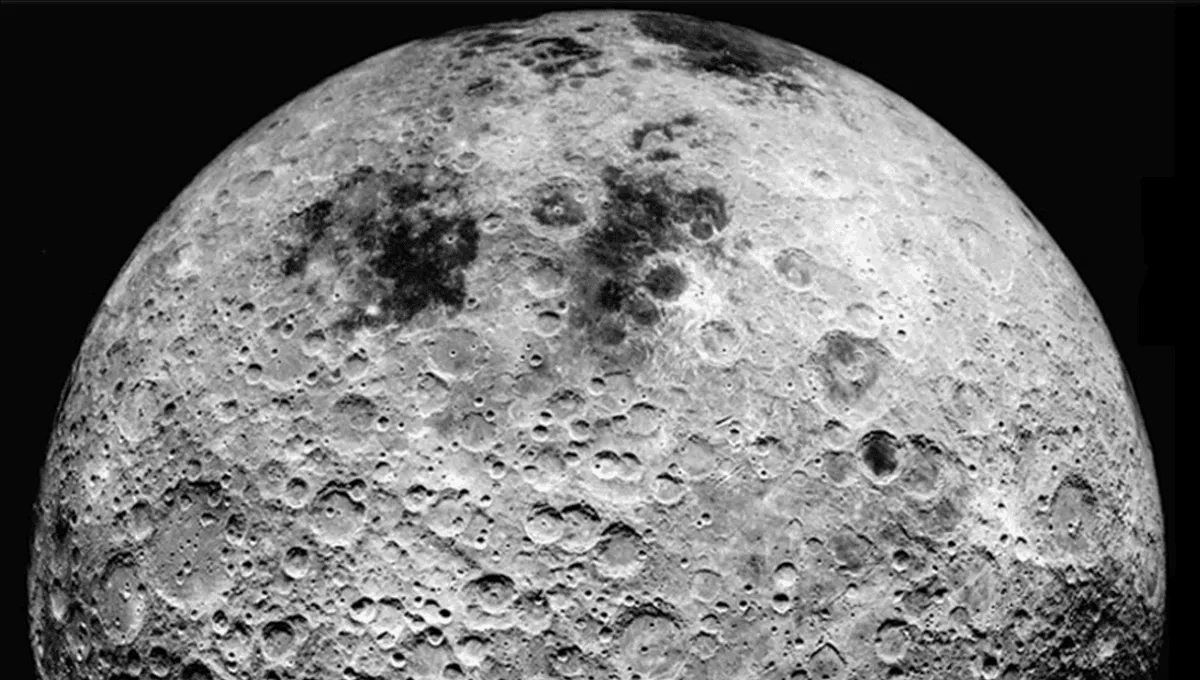
The Blue Ghost spacecraft, funded by NASA's Commercial Lunar Payload Services (CLPS) initiative and operated by Firefly Aerospace, is currently executing a series of complex maneuvers to achieve a lower orbit around the Moon. These maneuvers are preparatory steps for a hopeful soft landing, which will facilitate the delivery of ten scientific and technological instruments to the lunar surface. During this critical phase, the spacecraft has captured breathtaking footage of the Moon's far side.
In a recent update, the Firefly team announced the successful completion of another lunar orbit maneuver. This involved a 3-minute and 18-second burn conducted at 3:09 am, which transitioned the lander from a high elliptical orbit to a lower elliptical orbit around the Moon. Shortly after this adjustment, Blue Ghost managed to capture stunning footage of the Moon’s far side from approximately 120 kilometers above the surface. The approach footage to the Moon was equally impressive.
Onboard the Blue Ghost Lander, NASA has installed a range of advanced scientific equipment. The mission's primary objectives include investigating heat flow from the lunar interior, studying plume-surface interactions, and analyzing crustal electric and magnetic fields. Additionally, it will capture X-ray images of the Earth's magnetosphere. Technological tests will focus on regolith sampling, regolith adherence, Global Navigation Satellite System capabilities, radiation-tolerant computing, and dust mitigation using electrodynamic fields.
These experiments are expected to provide valuable insights as humanity prepares for future manned missions to the Moon's surface. One of the mission's most exciting experiments is scheduled towards the end of the lander's 14-day mission. On March 14, Firefly anticipates capturing high-definition imagery of a total eclipse, when the Earth obscures the sun above the Moon’s horizon.
On March 16, Blue Ghost will document the lunar sunset, offering data on how lunar dust levitates due to solar influences, creating a lunar horizon glow first observed by Eugene Cernan on Apollo 17. After sunset, Blue Ghost will continue to operate for several hours into the lunar night. This glow is believed to be caused by dust lifted by electrostatic forces, presenting a spectacular sight at sunset but posing potential challenges for astronauts.
With no atmosphere and constant bombardment by solar radiation, the Moon's surface becomes electrostatically charged, according to the European Space Agency. This charge can be so intense that dust levitates above the lunar surface, increasing the risk of contamination to equipment and health hazards to astronauts.
In the coming days, Blue Ghost will aid NASA in gathering more data on this phenomenon. Currently, the spacecraft remains in orbit, preparing to descend towards the lunar surface. During this phase, the team will encounter planned rolling communication blackouts as Blue Ghost traverses the Moon's far side. While on the near side, they will continue to downlink data and finalize plans for the next maneuver, aiming for a successful landing on March 2.